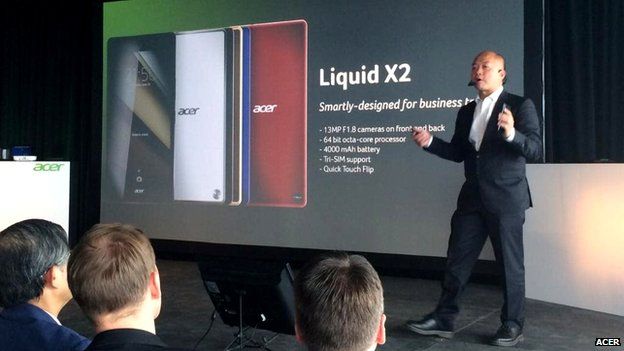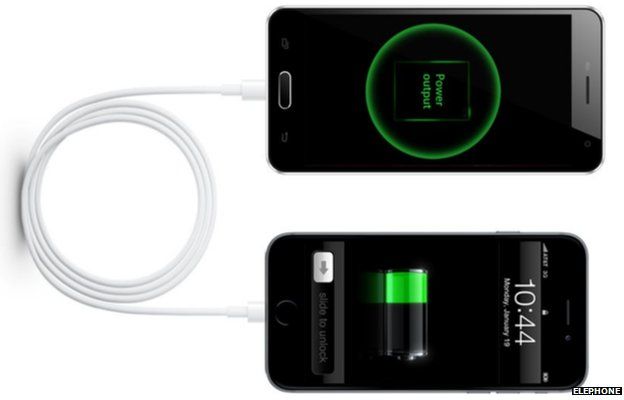 Update: Google’s support page “Link your phone to Google” indicates that, in addition to the four commands mentioned below, you can also use the “set a reminder” command. We couldn’t get it to work on our devices, but it’s worth trying for yourself.
Update: Google’s support page “Link your phone to Google” indicates that, in addition to the four commands mentioned below, you can also use the “set a reminder” command. We couldn’t get it to work on our devices, but it’s worth trying for yourself.The page also clarifies the requirements for the feature to work:
“For now, you have to be in the United States with your browser language set to English.
The Android device you want to link needs to have:
- The most recent version of the Google app
- Now cards turned on
- Web & App activity turned on
- Google Now notifications turned on
- Location reporting on “High accuracy” mode”
It’s not just “send directions” and “find my phone.” It looks like Google is adding a slew of commands that let you control your Android phone from Google Search.
As discovered by Google Operating System, you can now quickly set alarms and send notes to your Android phone by typing in some simple commands.
For now, the features are only available in the United States, though “find my phone” works worldwide so there’s a good chance the others will follow. If you want to try them out from elsewhere, you can try adding “&gl=us” at the end of the URL of your search query, like this: “https://www.google.com/search?q=set+an+alarm&gl=us”
To set an alarm on your phone, just type “set an alarm” or “set alarm” and you will be shown an interface that lets you pick the hour and the device that you want to set the alarm on. You can also type “set and alarm for 12pm” to pre-select the hour.
It’s just as simple to send a note: type “send a note” or “note to self” and you will be shown a text field where you can type in a brief note. Click the send button and a notification with the note will appear almost instantly on your device. You can also include the note text in the main command, like “note to self visit Android Authority.” From there, you can either copy the text or share the note to Gmail or Google Keep.

To recap, you can now use the following commands in Google Search:
- “send directions”
- “find my phone”
- “set an alarm”
- “send a note”

























